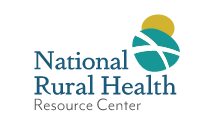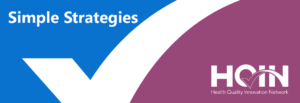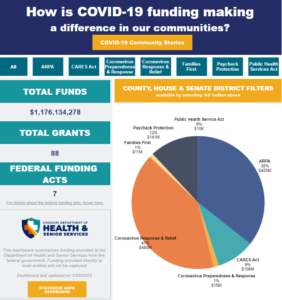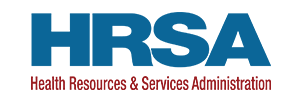February 6, 2023
Now Available! MBQIP Monthly – February 2023
MBQIP Monthly is an e-newsletter that highlights current information about the Medicare Beneficiary Quality Improvement Project (MBQIP) and provides critical access hospitals (CAHs) information and support for quality reporting and improvement. MBQIP Monthly is produced through the Rural Quality Improvement Technical Assistance program by Stratis Health.
February 2023 content:
- CAHs Can! National Rural Virtual Quality Improvement Mentor Profile Series: Linda Webb
- Data: CAHs Measure Up – EDTC Measure Reporting Trends
- Tips: Robyn Quips – MBQIP Measure Updates
- Tools and Resources – Helping CAHs succeed in Quality Reporting & Improvement
Reminder! MBQIP Data Reporting Reminders – February 2023
Quality data reporting for critical access hospitals, including upcoming data submission deadlines, corresponding collection time periods, and submission tools.
Request for Feedback! Measures Under Consideration for MBQIP (2023) – The Federal Office of Rural Health Policy (FORHP) is seeking feedback regarding 10 measures under consideration for inclusion in MBQIP. The resource linked above includes a summary of the 10 measures and the link to an electronic feedback form, which will be open through Tuesday, February 28. All interested parties are encouraged to provide input.
Upcoming Office Hours! Ask Robyn – Quarterly Open Office Hour Call for Data Abstractors | Tuesday, April 25, 2023, 2:00 p.m. – 3:00 p.m. CT Register
Sometimes it just helps to talk to someone! Quality Reporting Specialist Robyn Carlson offers open office hour calls to discuss your MBQIP abstraction questions. Sessions are free of charge, but registration is required. For more information about the Ask Robyn calls, contact Robyn Carlson (rcarlson@stratishealth.org).
If you have MBQIP questions, please contact tasc@ruralcenter.org.






